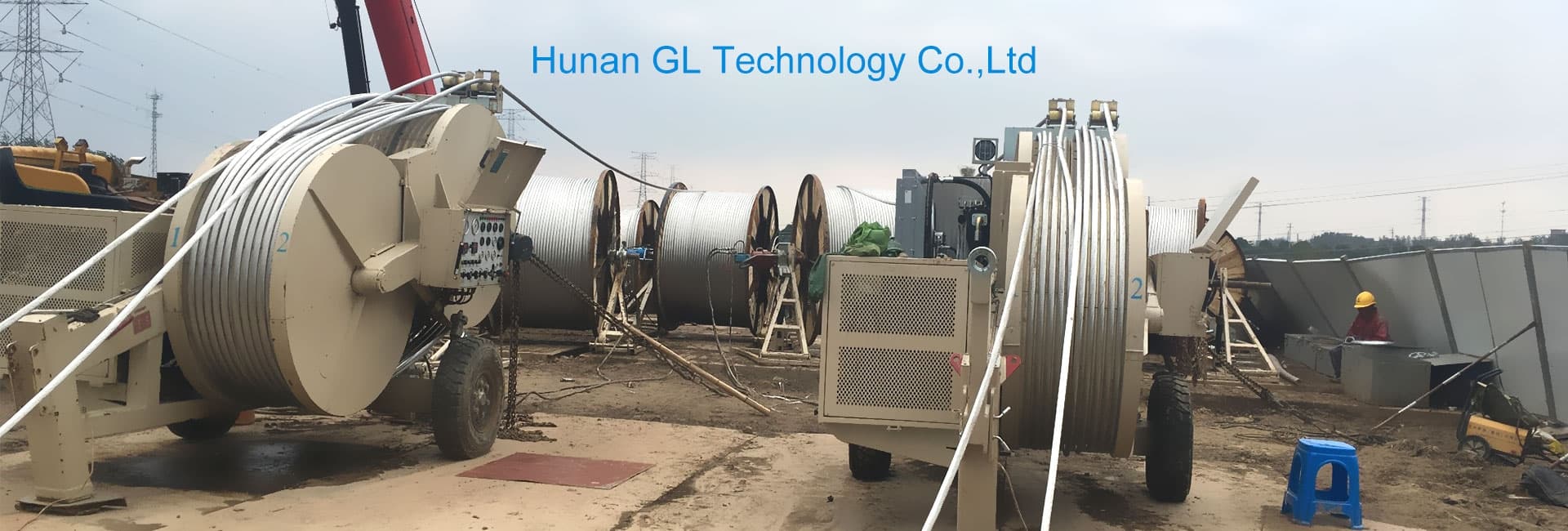
-
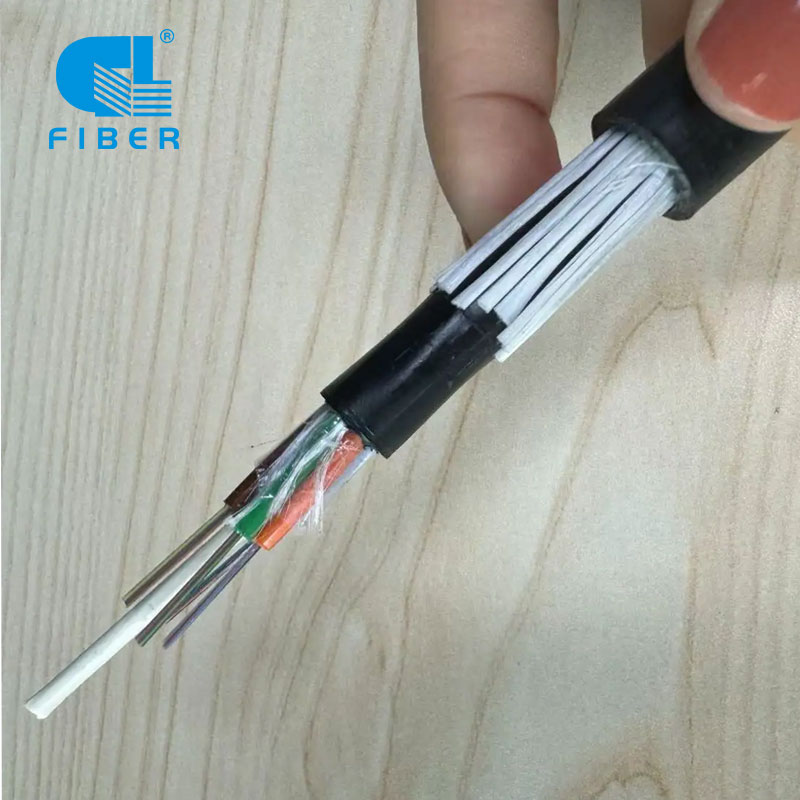
GYFTY63 Non Metal Anti Rodent Optical Fibre Underground Cable
The GYFTY63 is a type of non-metallic fiber optic cable specifically designed for outdoor installations, where protection against rodents and other external mechanical forces is crucial. This cable is known for its excellent tensile strength, lightweight construction, and enhanced rodent resistan...Read more -
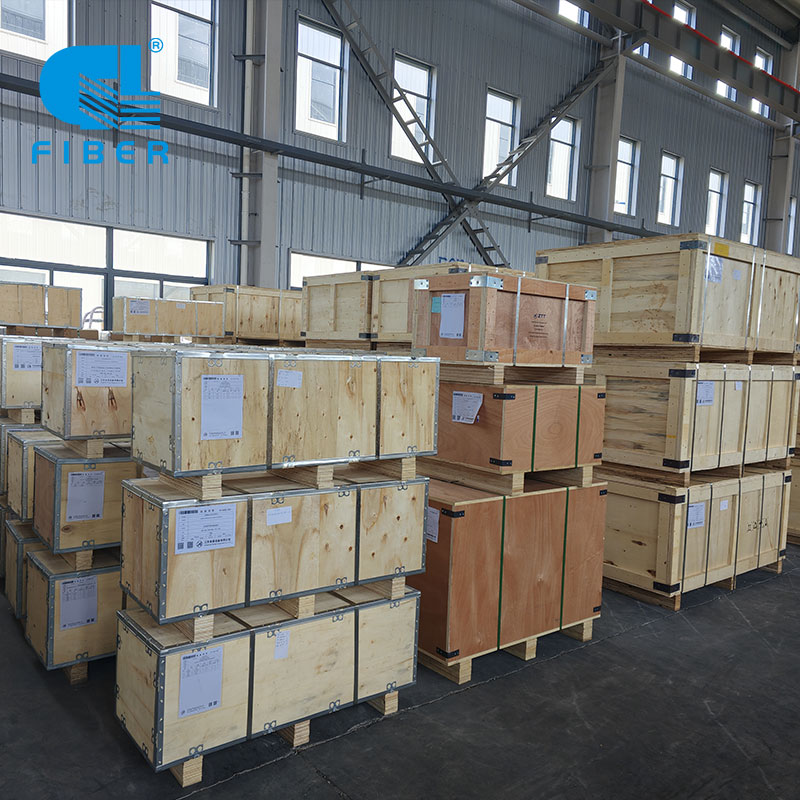
What Are ADSS & OPGW Cable Accessories?
ADSS (All-Dielectric Self-Supporting) cable and OPGW (Optical Ground Wire) cable accessories are essential components used to install, support, and protect these types of overhead fiber optic cables. These accessories ensure that the cables perform optimally, remain secure, and maintain their str...Read more -
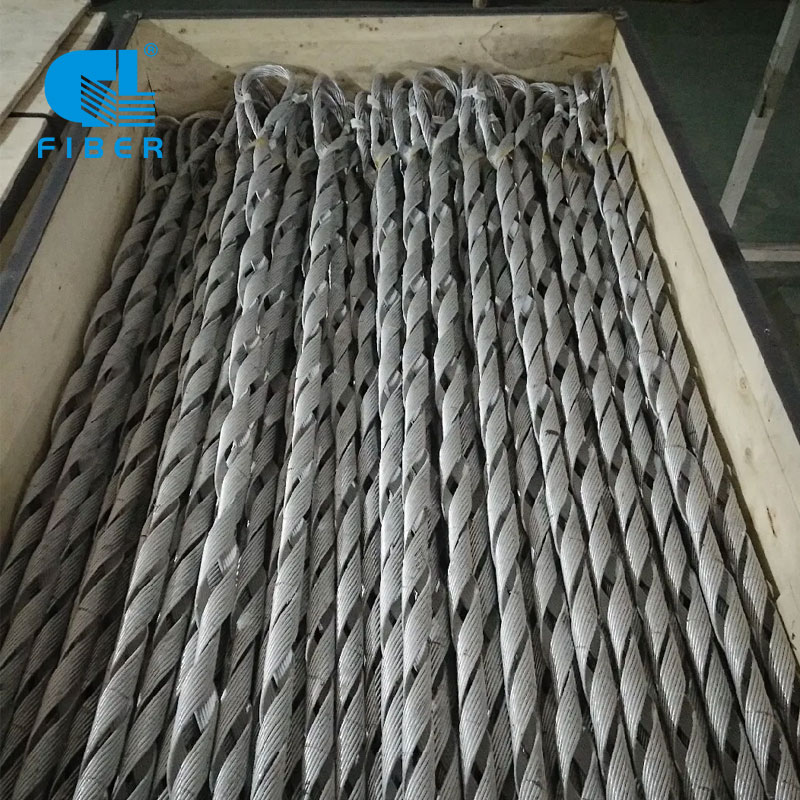
ADSS & OPGW Cable Accessories Manufacturer Expands Global Presence with Innovative Solutions
In the competitive landscape of the fiber optic cable industry, the role of high-quality cable accessories is often underestimated. A reliable ADSS (All-Dielectric Self-Supporting) cable and OPGW (Optical Ground Wire) cable accessories manufacturer is making waves by redefining standards in cable...Read more -
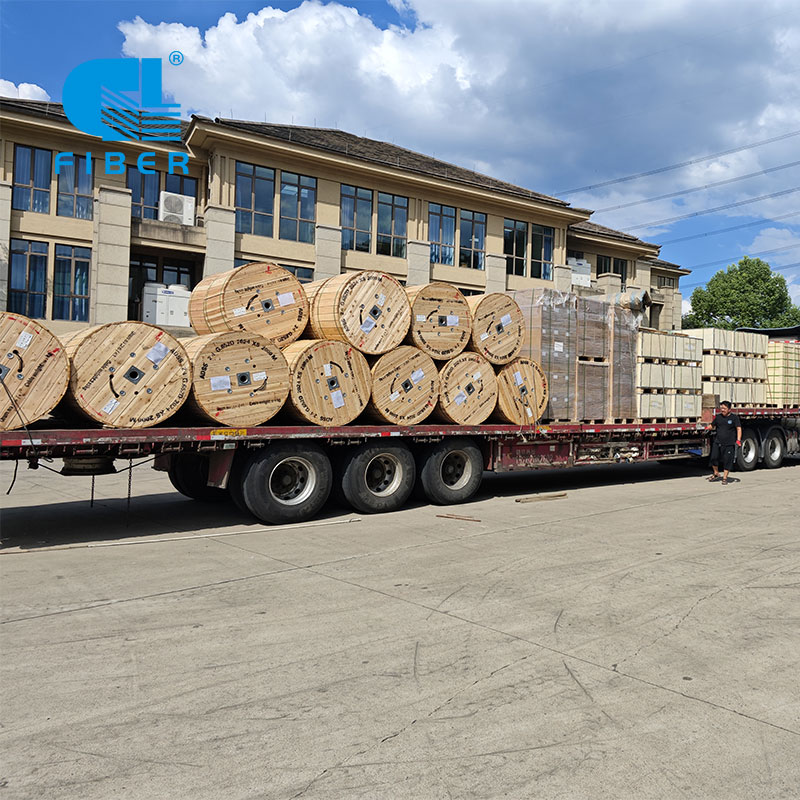
12-576 Cores GCYFY Stranded Loose Tube Air-blown Micro Cable
Air blown cable possesses high tensile strength and flexibility in compact cable sizes. At the same time, it provides excellent optical transmission and physical performance. Micro Blown Cables are designed to be used with the Microduct system and installed using a blowing machine for long instal...Read more -
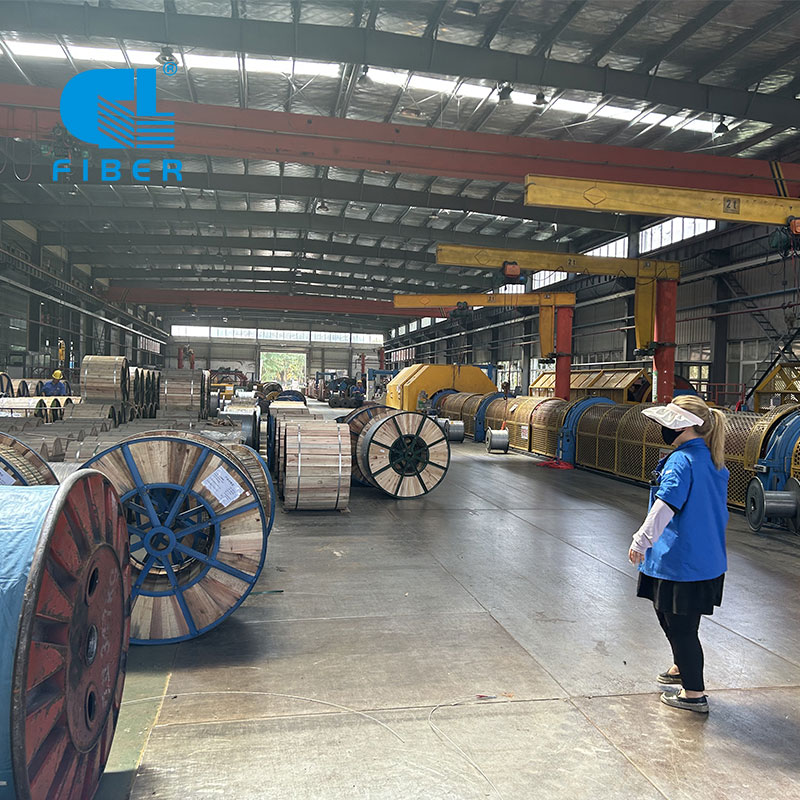
OPGW Cable Price: How To Choose A Cost-effective Product?
In today's rapidly developing information age, the importance of the communications industry has become increasingly prominent. As a key component of communications infrastructure, the choice of optical cables has become particularly critical. As an efficient and stable type of optical cable, OPG...Read more -
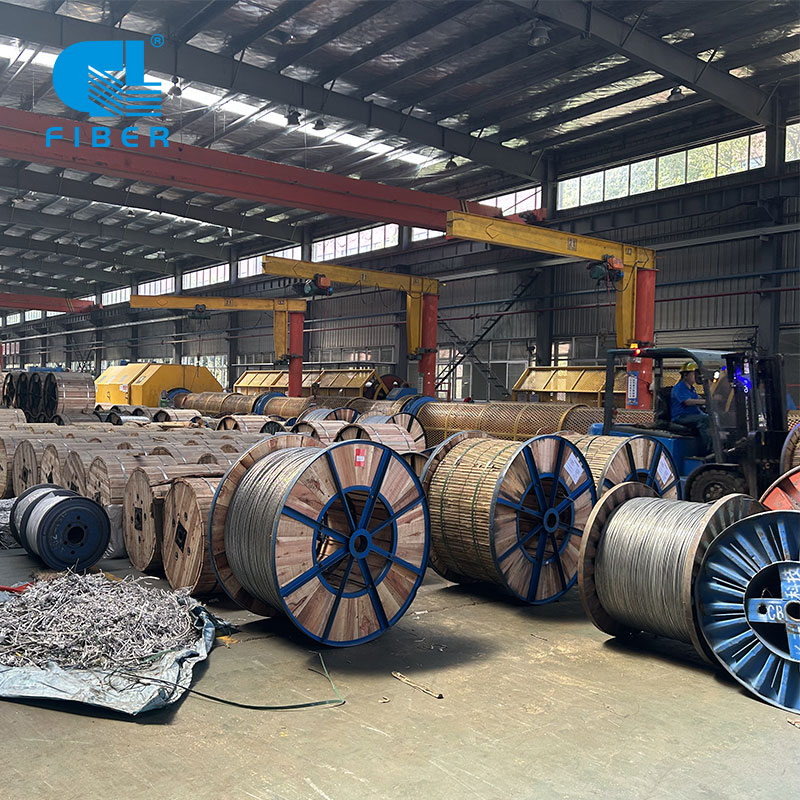
OPGW Cable Manufacturer Recommend: How To Choose The Right OPGW Cable For You?
OPGW cable is a type of optical cable used on power transmission lines. Due to its unique design and material selection, it can withstand extreme environmental conditions while providing high-speed and stable communication transmission. It is very important to choose the right OPGW cable for you....Read more -
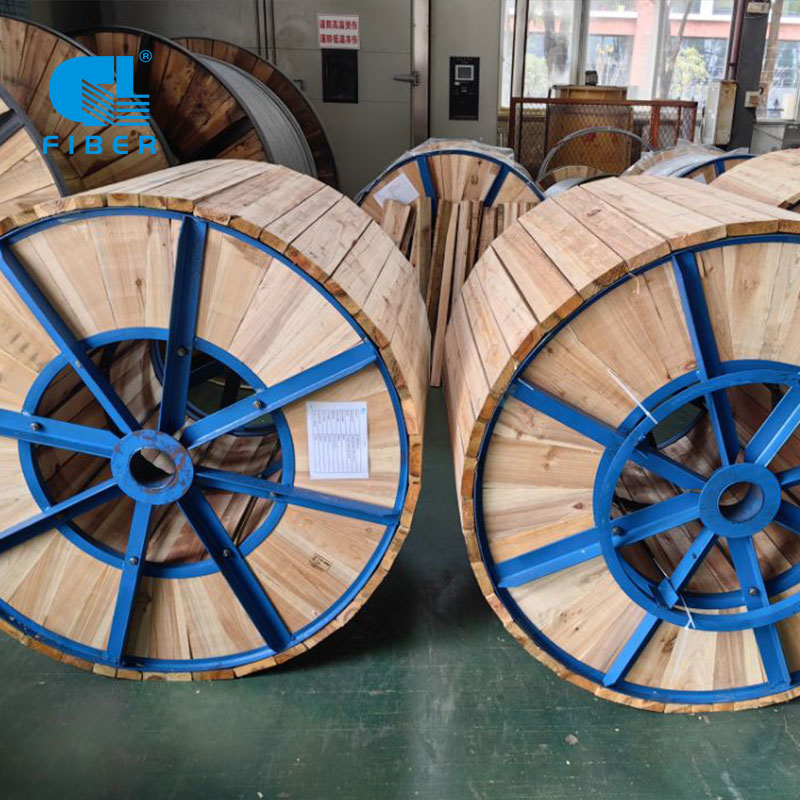
China Leading OPGW Cable Manufacturer: Hunan GL Technology Co., Ltd
In the field of optical cable communication, OPGW cable has become an important part of the power communication system with its unique advantages. Among the many OPGW cable manufacturers in China, GL FIBER has become a leader in the industry with its excellent technical strength and outstanding p...Read more -
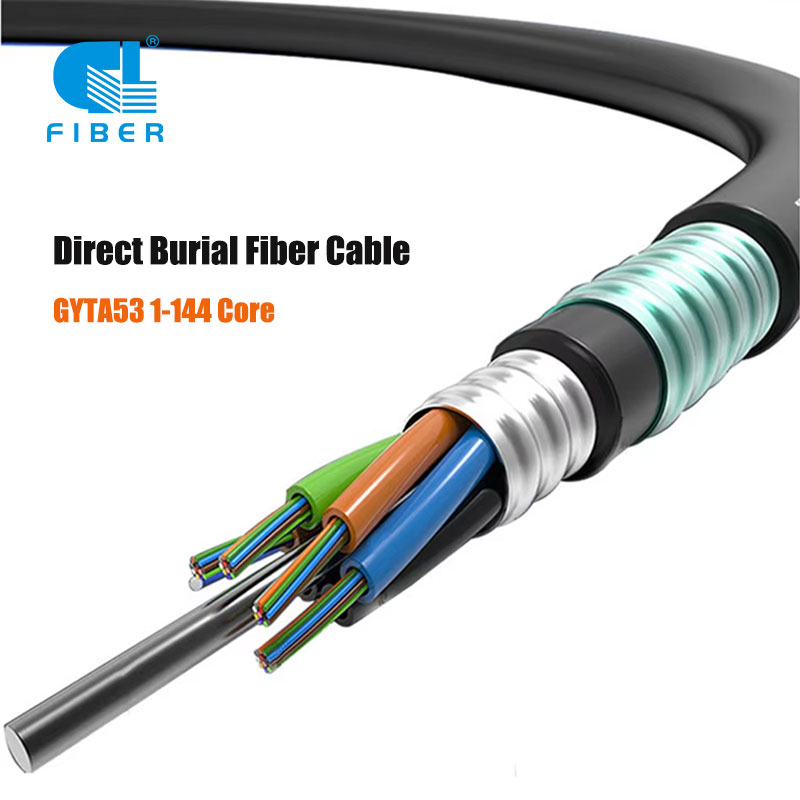
Performance Test Of GYTA53 Fiber Optic Cable
With the continuous development of communication technology, optical cable has become an important part of modern communication network. Among them, GYTA53 cable has been widely used in communication network with its high performance, stability and reliability. This article will introduce the per...Read more -
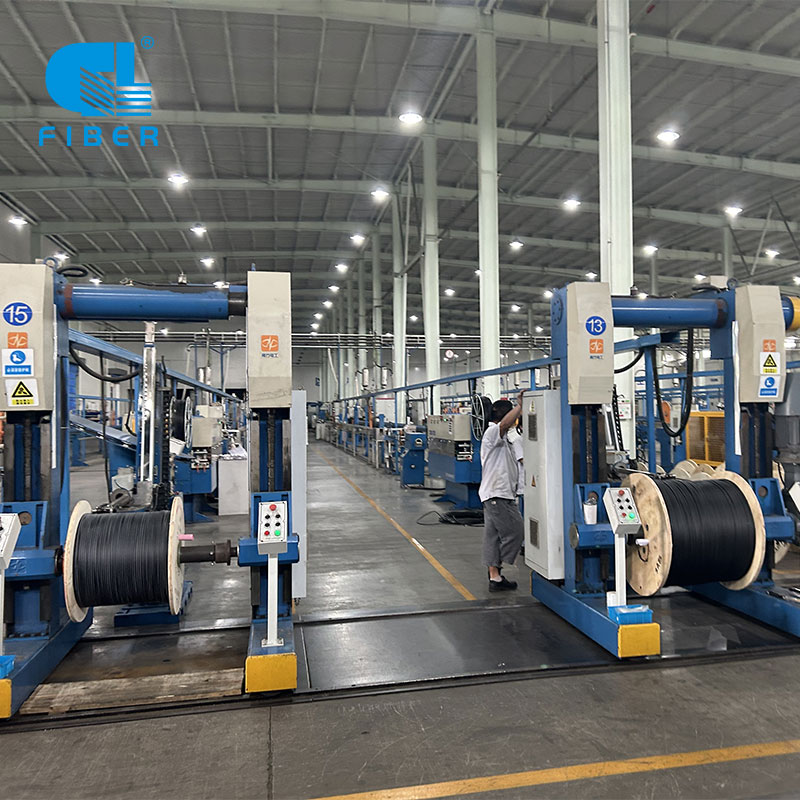
How to Choose an Air Blown Fiber Cable Manufacturer?
Air-blown fiber optic cables are becoming increasingly popular due to their flexibility, ease of installation, and ability to expand network capacity with minimal disruption. However, choosing the right manufacturer is essential to ensure high performance, durability, and cost-efficiency. With a ...Read more -
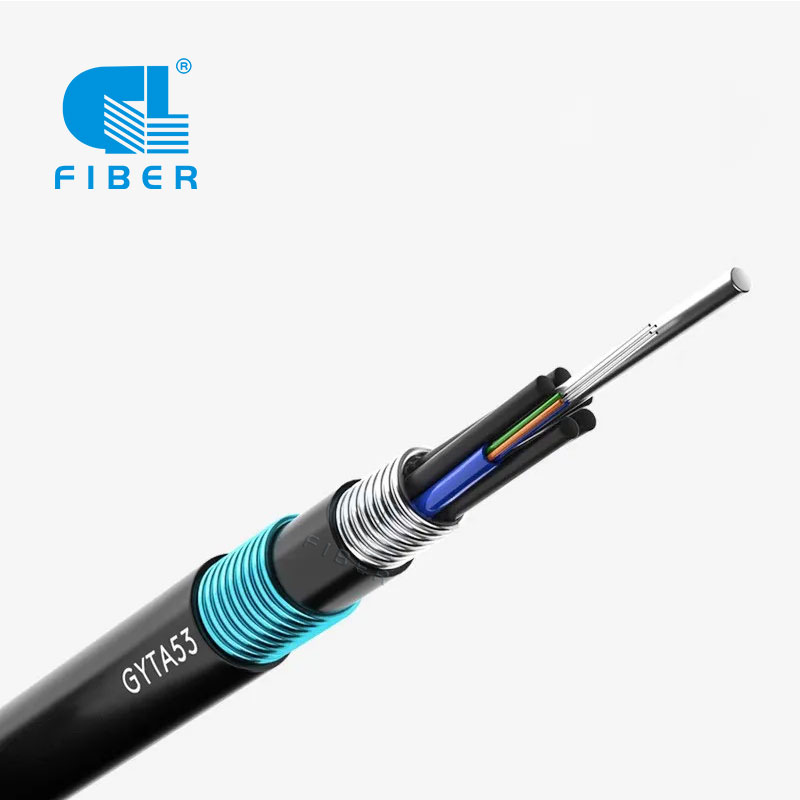
GYTA53 – Underground Optical Cable Maintenance Guide
Direct Buried Fiber Optic Cable is a special type of fiber optic cable designed for telecommunication wiring buried directly underground. This kind of fiber optical cable can be directly buried underground without using additional pipes or protective tubes. It is usually used in cities, rural are...Read more -
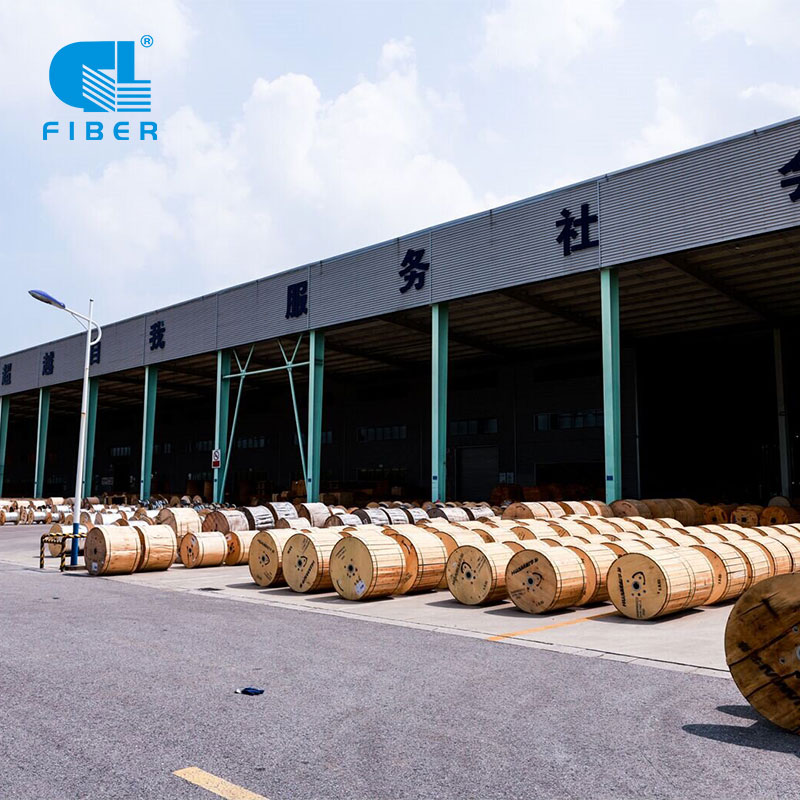
Cable de fibra óptica MINI ADSS
Hunan GL Technology Co., Ltd., a global leader in fiber optic cable manufacturing, proudly announces the launch of its innovative ASU Series, featuring ASU 80, ASU 100, and ASU 120. These new cables are specifically designed to meet the growing needs of high-capacity telecommunication networks in...Read more -
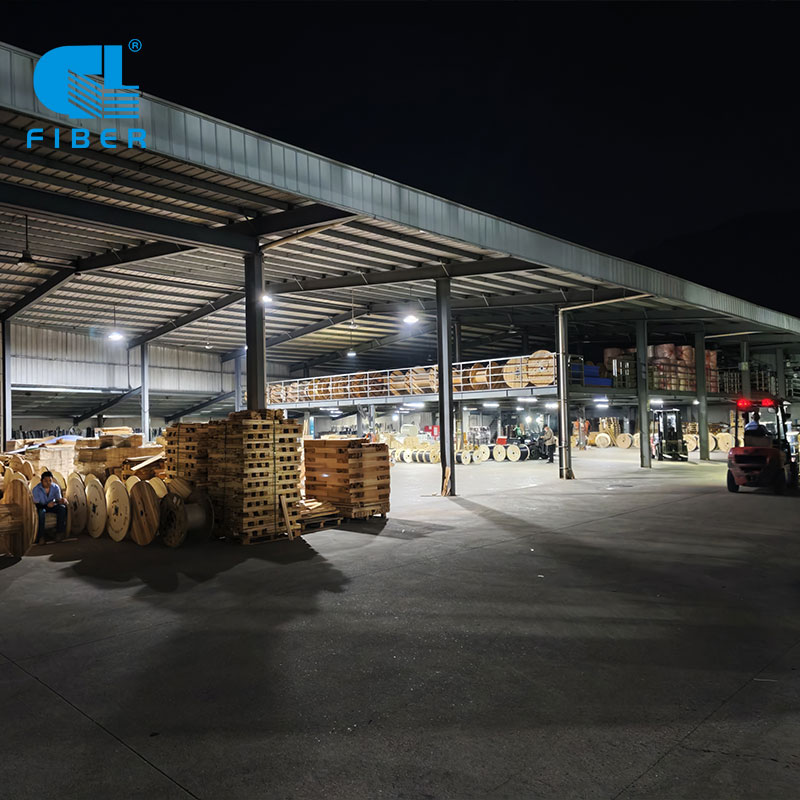
ADSS Cable Manufacturers: How to Choose the Right Supplier?
ADSS (All-Dielectric Self-Supporting ) Optical Fiber Cable is an important component widely used in communication networks. Its quality and reliability are crucial to the performance of the entire network. Therefore, there are some key factors to consider when choosing an ADSS cable supplier to e...Read more -
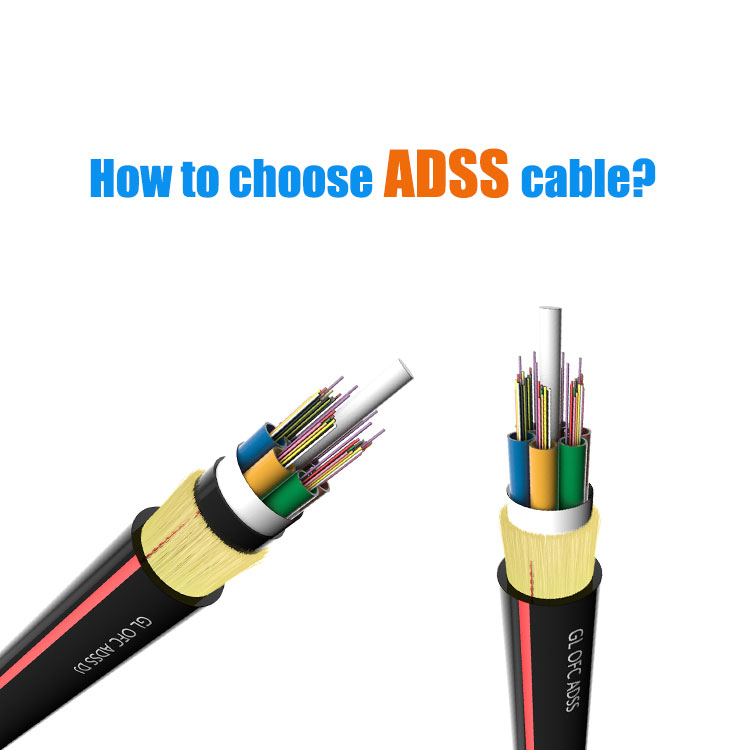
DJ ADSS Cable 6 12 24 36 48 96 144 cores For Long Span
In the rapidly evolving telecommunications and power utility sectors, the demand for long-span, high-performance fiber optic cables continues to rise. The DJ (Double Jacket) ADSS Cable, available in 6, 12, 24, 36, 48, 96, and 144 cores, has emerged as a reliable solution for large-scale projects ...Read more -
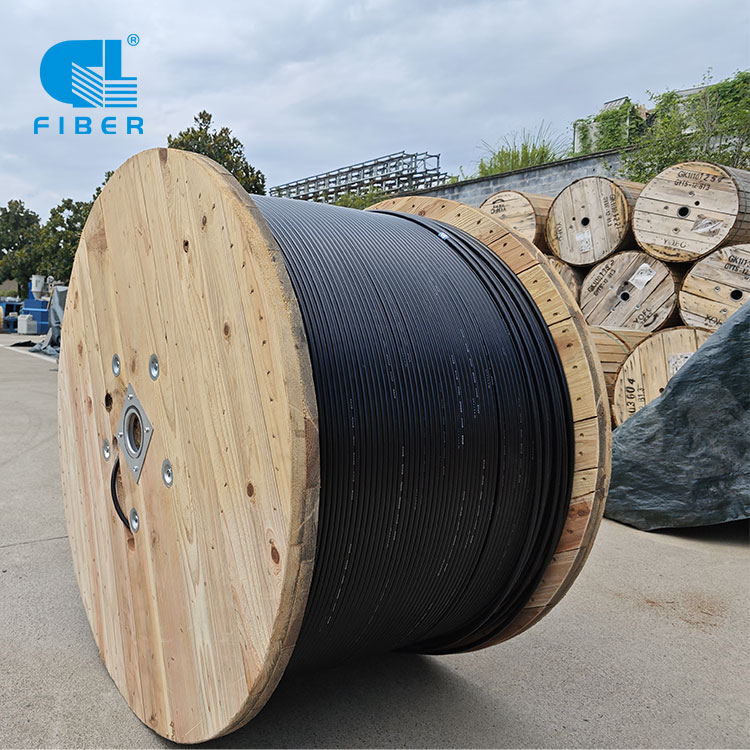
SJ ADSS Cable For Mini Span 50M, 80M, 100M, 120M, 200M
In response to the growing demand for reliable and cost-effective fiber optic solutions, single jacket ADSS (All-Dielectric Self-Supporting) cables are emerging as the top choice for mini-span aerial installations. Specifically designed for span lengths of 50m, 80m, 100m, 120m, and 200m, these ca...Read more -
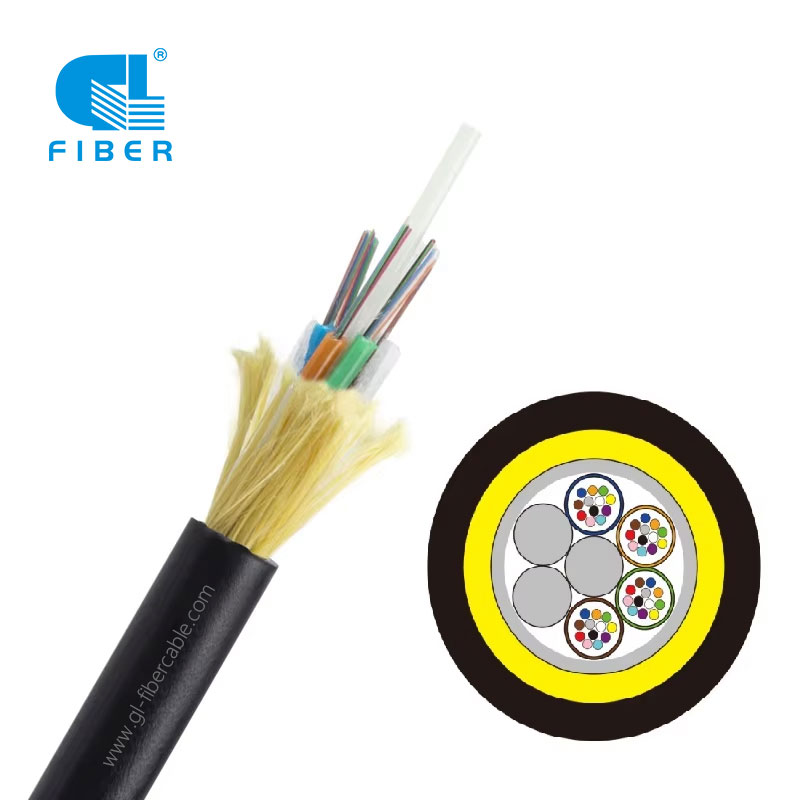
What Are the Applications of ADSS Cables?
ADSS (All-Dielectric Self-Supporting) cables have various applications, especially in the telecommunications and power industries. Here are some key uses: 1. High-Voltage Power Lines: ADSS cables are commonly used in areas where fiber optic cables need to be installed along power transmission l...Read more -
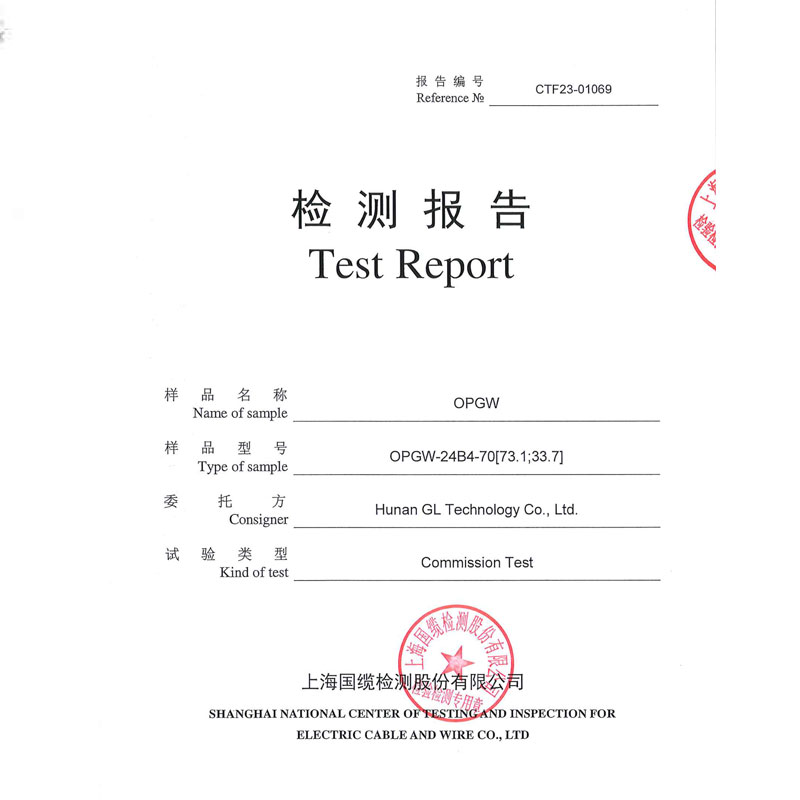
Third Party Inspection – GL Fiber®
Hunan GL Technology Co., Ltd (GL FIBER) is one of the top manufacturers and exporters of Fiber optic cables from China, and also we are your best choice of partner in this field. In the past 20 years, we have been providing high quality products to telecom operators, ISPs, trade importers, OEM cu...Read more -
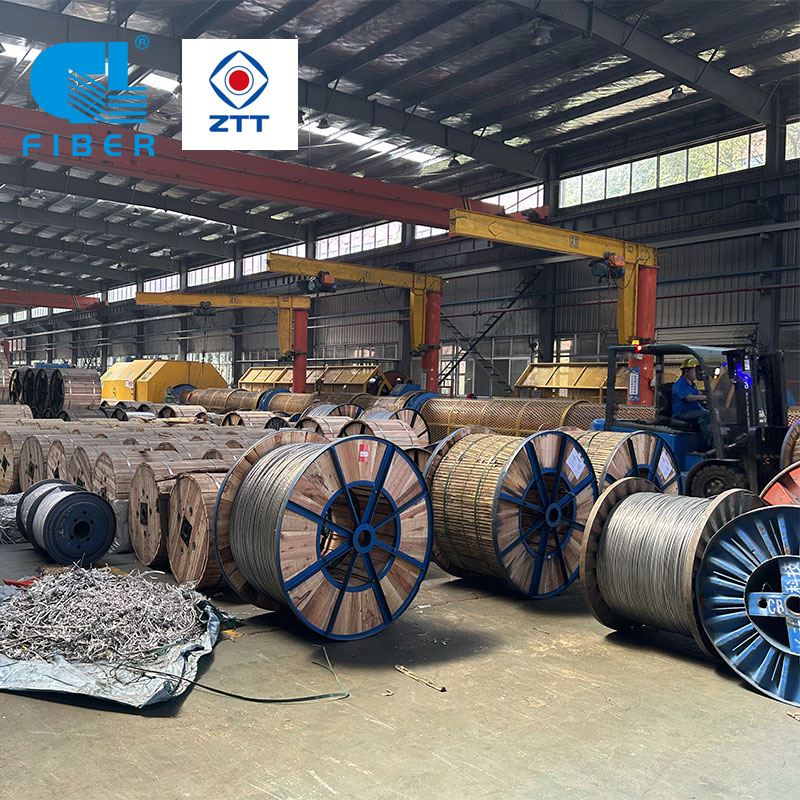
ZTT OPGW OEM Manufacturer Partner-GL FIBER
GL FIBER is a company involved in the manufacturing, supplying, and distributing of OPGW (Optical Ground Wire) cables. OPGW cables are used in the construction of power transmission lines, serving a dual purpose: they act as ground wires for lightning protection and also carry optical fibers for ...Read more -

Hundred Day Battle PK – Hunan GL Technology Co., Ltd
Hundred Day Battle PK is a 100-day PK competition held by GL Fiber every year. All business and operation departments of the company participate in the team PK activity. In the competition, a very challenging performance goal is set to challenge yourself. This goal may be 2-3 times the performanc...Read more -

Team Building Activities – GL FIBER
2024.8.10, Hunan GL Technology Co., Ltd. The annual summer team-building activity - Weishan Rafting was launched; through the company's careful planning, the activity went smoothly. During the event, partners participated enthusiastically, one boat, one teammate, one scoop, one water gun, the ya...Read more -
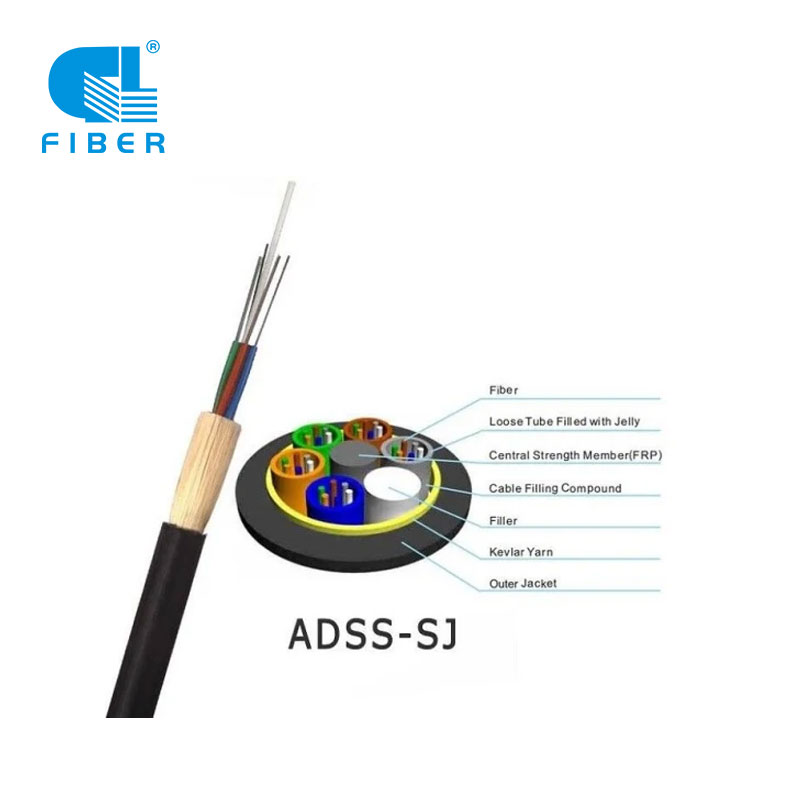
ADSS Cable Distinctive Quality Mark
When referring to the "ADSS Cable Mark," it usually means specific markings or identifiers that are present on the ADSS (All-Dielectric Self-Supporting) cables. These markings are crucial for identifying the cable type, specifications, and manufacturer details. Here’s what you might typically fin...Read more
